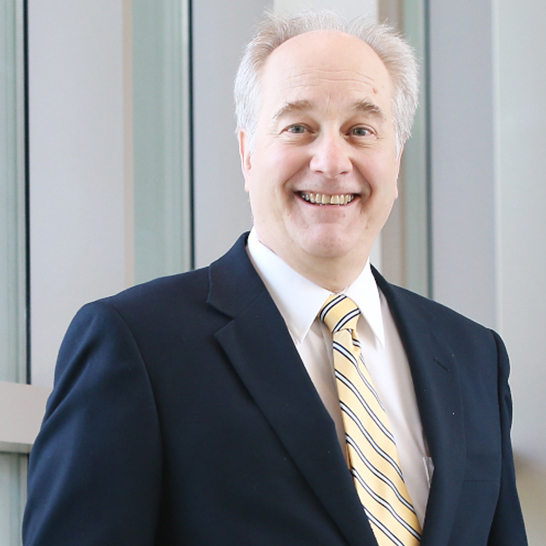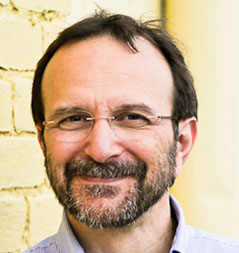The Masters of the Microbiological Universe discuss the humongouest fungus, and a commensal bacterium that protects against skin neoplasia.
The TWiMmers discuss culture-independent discovery of malacidin antibiotics, and unfolding of relaxase during bacterial conjugation.
The TWiM team explores a stingless bee that requires a fungal steroid to pupate, and colonic biofilms containing tumorigenic bacteria in patients with colorectal polyps.
The TWiM team reveals that spread of plague was likely by human ectoparasites, not rats, and deconstruct a durable, broadly protective protein nanoparticle influenza virus vaccine.
The cast of TWiM reveals how uropathogenic E. coli use a binding protein to treat copper as a nutrient or a toxin, and Antarctic soil bacteria that survive on trace atmospheric gases.
Dickson joins the TWiM team to discuss the nasal microbiota of dairy farmers, and attenuation of bacterial virulence by quorum sensing in the maize weevil.
Vincent, Michael, and Michele reveal how pandemic influenza viruses suppress immunogenic cell death, and 3D printing of bacteria into functional materials.
Vincent and Elio discuss the reason for poor efficacy of one of the influenza virus vaccines, and using a hyperthermophilic anaerobe to produce hydrogen from fruit and vegetable wastes in seawater.
The TWiM team discusses the use of copper on exercise weights to reduce bacterial burden, and the mechanism of antigenic variation by which a fungus that causes severe pneumonia escapes the immune system.
From Indiana University, Vincent speaks with Ankur, Julia, and Xindan about their careers and their work on horizontal gene transfer, quorum sensing, and chromosome organization in bacteria.




